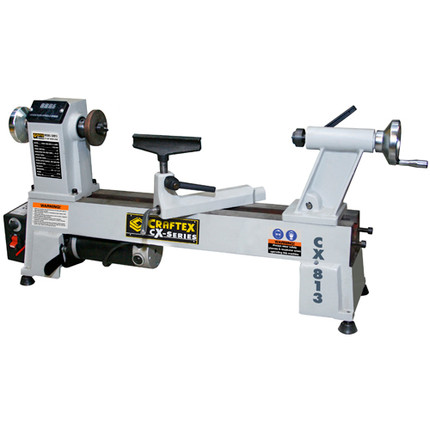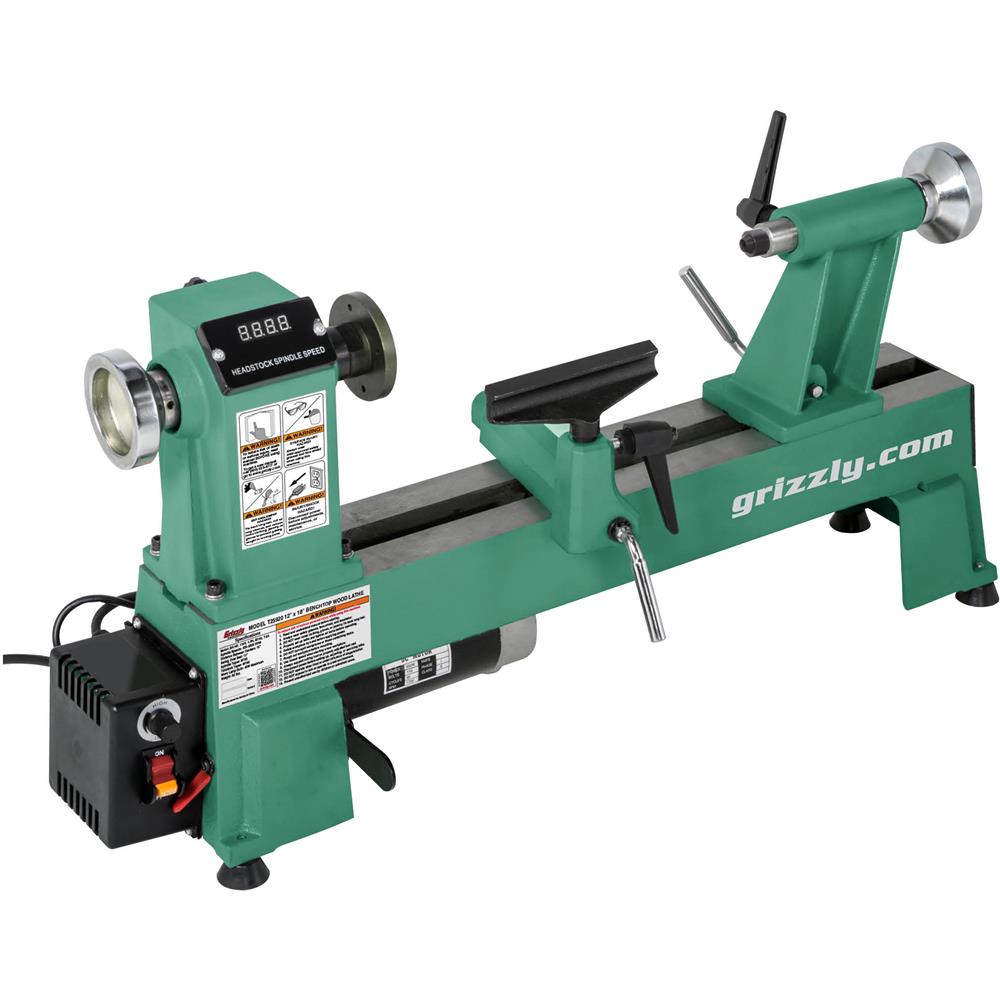Hello all,
I have been pondering this for years and I’m almost ready to jump in finally. I have done restoration work on briar tobacco pipes and other small items. Now I’m getting into brush restoration and I’m thinking of going a bit further and making some of my own wooden brush handles or even resin handles and pens. I would also like to be able to turn pipe related things on the lathe like stems.
I know nothing of lathes but I have a limited budget and workspace. Is there a mini type lathe that can handle these types of jobs? I see a lot of mini lathes that say “bead polishing” or something similar to including “bead”, are these only for making wooden beads or could one of these work for brush handles and pipes? I guess I’m just in need of some direction and advice regarding starting out wood turning or resin turning. Where to start? Thanks.
Sent from my iPhone using Tapatalk
I have been pondering this for years and I’m almost ready to jump in finally. I have done restoration work on briar tobacco pipes and other small items. Now I’m getting into brush restoration and I’m thinking of going a bit further and making some of my own wooden brush handles or even resin handles and pens. I would also like to be able to turn pipe related things on the lathe like stems.
I know nothing of lathes but I have a limited budget and workspace. Is there a mini type lathe that can handle these types of jobs? I see a lot of mini lathes that say “bead polishing” or something similar to including “bead”, are these only for making wooden beads or could one of these work for brush handles and pipes? I guess I’m just in need of some direction and advice regarding starting out wood turning or resin turning. Where to start? Thanks.
Sent from my iPhone using Tapatalk




